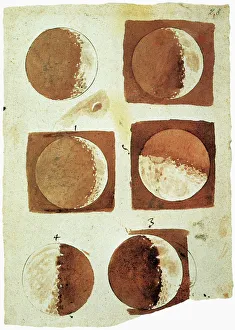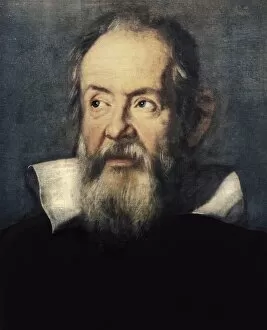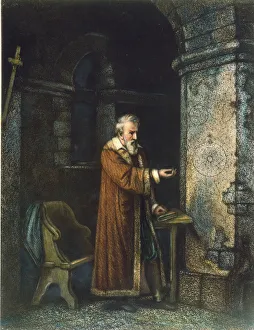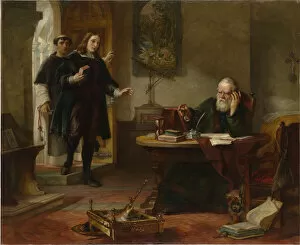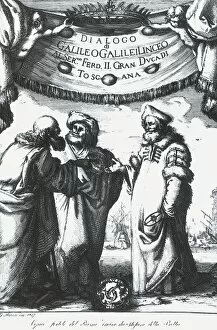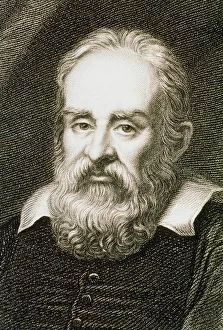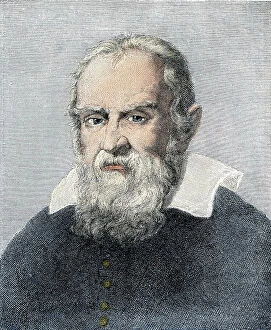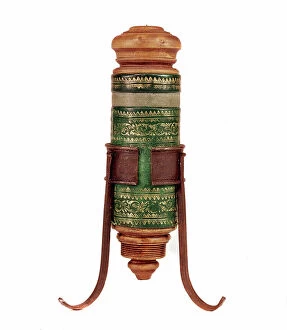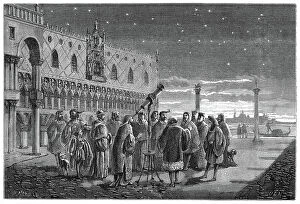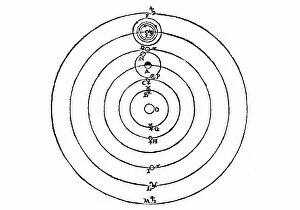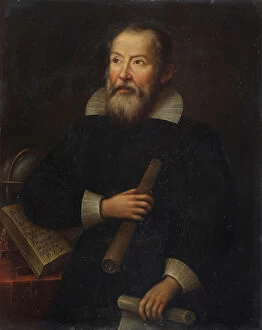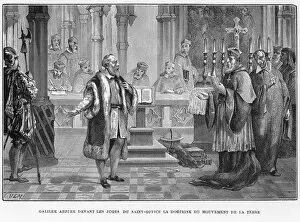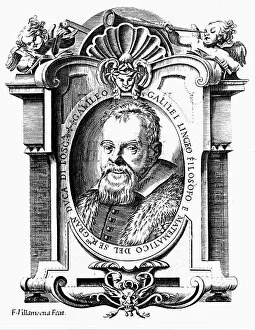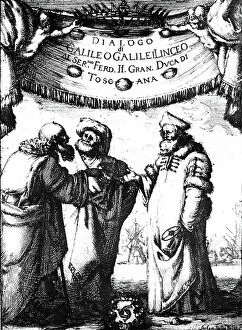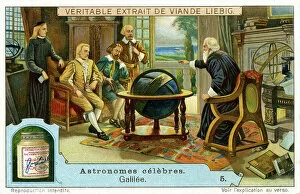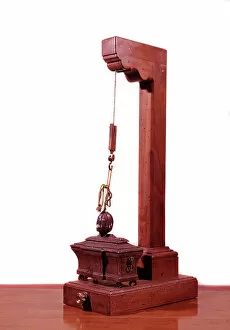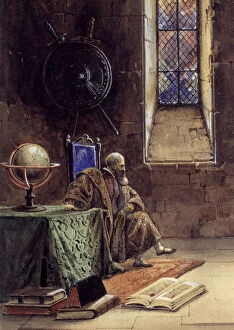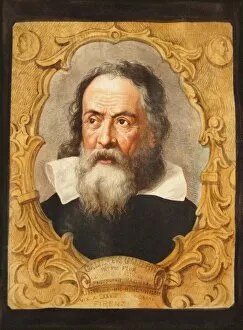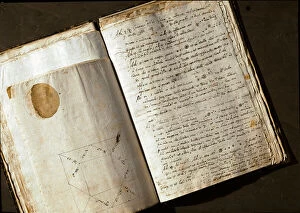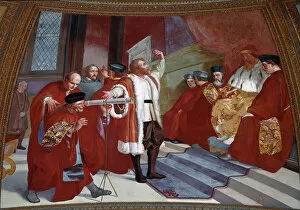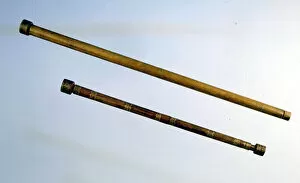Galilei Collection
Galileo Galilei, a name synonymous with scientific brilliance and revolutionary discoveries
All Professionally Made to Order for Quick Shipping
Galileo Galilei, a name synonymous with scientific brilliance and revolutionary discoveries. His sketches of the moon as seen through his telescope in 1610, showcased in his book "The Starry Messenger, " opened up new realms of understanding about our celestial neighbor. The intricate details captured in those sketches forever changed our perception of the moon's surface. In Joost Sustermans' portrait of Galileo, we catch a glimpse of the man behind these groundbreaking observations. With an intense gaze and wise countenance, he exudes determination and intellect, and is this very spirit that led him to demonstrate his findings fearlessly, challenging conventional beliefs and paving the way for future scientists. During John Milton's Italian tour in 1638-1639, he had the privilege of visiting Galileo himself. This encounter between two great minds was immortalized by Annibale Gatti's painting turned line engraving. It serves as a testament to the profound impact Galileo had on not only astronomers but also intellectuals from various disciplines. However, despite his contributions to science and humanity at large, Galileo found himself under house arrest due to his controversial views on astronomy. Yet even during this difficult period, he continued to delve into research and expand human knowledge. The cover of Dialogo di Galileo Galilei stands as a symbol of defiance against oppression—a work that challenged established dogmas while presenting compelling arguments based on empirical evidence. Galileo's legacy extends far beyond astronomy; he was an accomplished physicist and mathematician too. His theories revolutionized our understanding of motion and laid the foundation for Isaac Newton's laws centuries later. As we explore further into history through copperplate engravings like those depicting Galileo or frontispieces like Dialogo sopra i due massimi sistemi del mondo published in 1632, we are reminded not only of his genius but also how society has evolved since then.

